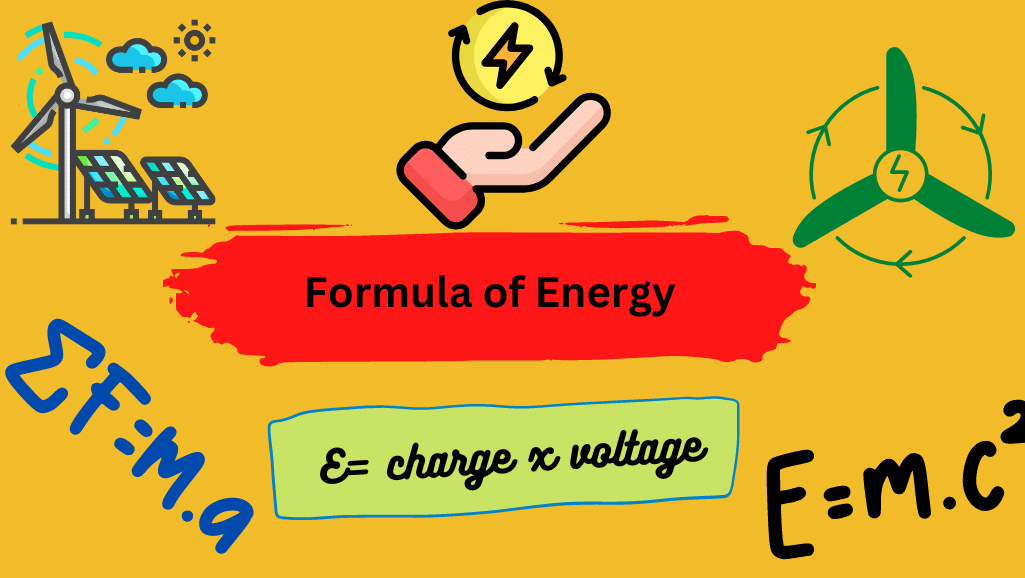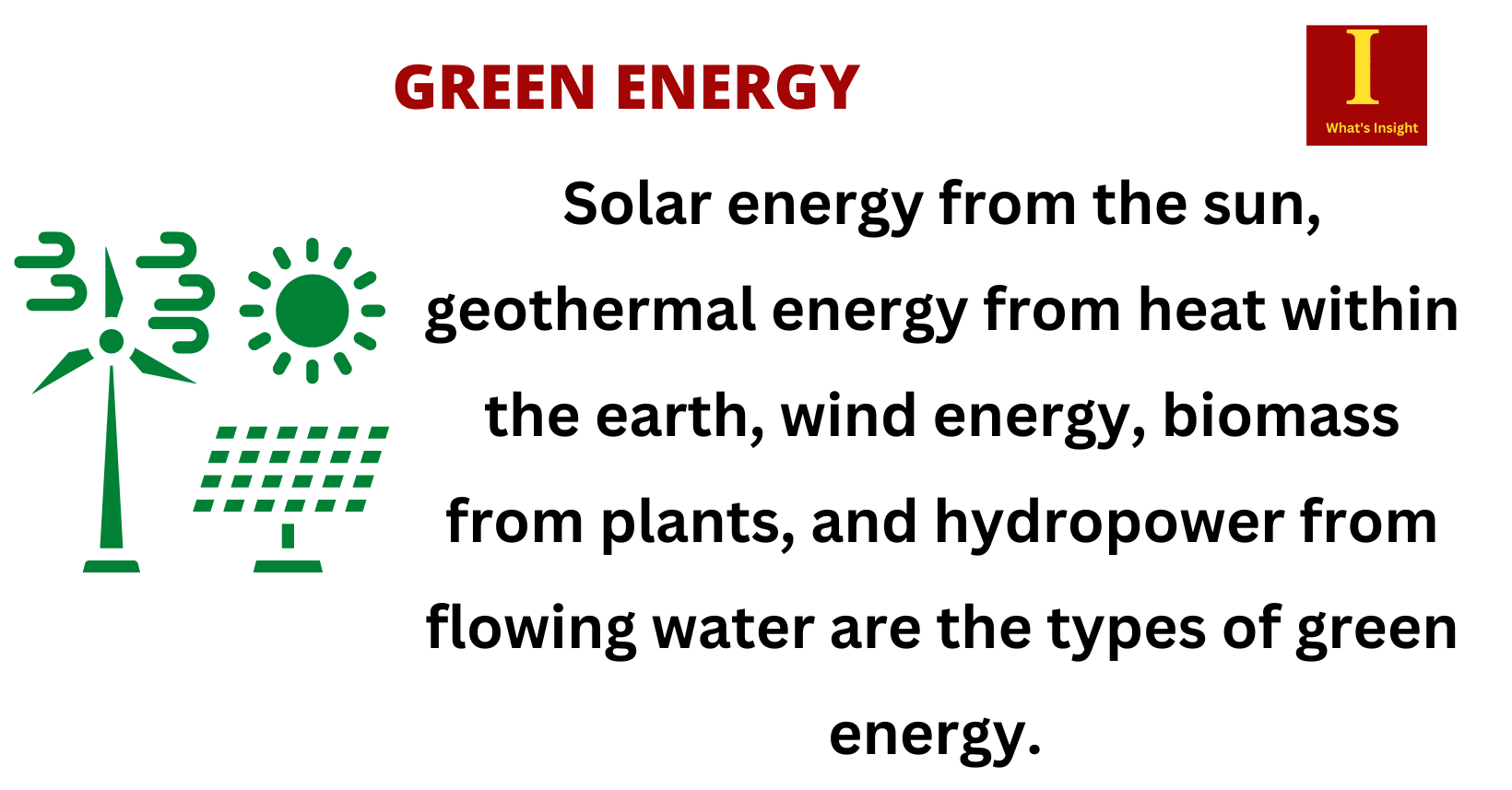The binding energy is the amount of energy needed to disassemble or separate a nucleus into its constituent nucleons. The protons, neutrons, and other nuclear particles that make up the nucleus of any atom are referred to as nucleons. The nucleons are held together by forces known as strong nuclear forces, and the stronger the nucleus components are bound, the more binding energy is required to separate them.

The binding energy formula is significant for the following reasons:
- Binding energy is important in calculating nuclear stability. Nuclear stability is calculated by dividing a nucleus’ binding energy by the number of nucleons in the nucleus. A higher binding energy per nucleon indicates higher stability. For instance, Iron has the highest binding energy per nucleon, which makes it the most stable of all the elements
- An atom’s binding energy is linked to a phenomenon known as the mass defect. When an atom is formed, its constituents are heavier than the atom itself, and this mass difference is referred to as the mass defect. The mass is converted into energy rather than lost.
Important points of nuclear binding energy are listed in the table below:
| Definition | The energy required to break down a nucleus into its component nucleons is called nuclear binding energy. |
| Binding energy formula | E = Δm⋅c2 |
| Unit | kJ/mole of nuclei or MeV’s/nucleon |
| Examples of binding energy | Binding energy of copper-63 atom is 8.8387 x 10-11 J/nucleus |
Table of Contents
Binding Energy Formula
The Nuclear Binding Energy formula calculates the energy released in the formation of an atom from subatomic particles. This can be expressed in a rewritten form of the Einstein relationship below:
E = Δm⋅c2
Where:
- E = nuclear binding energy
- Δm = difference in mass of the alpha particle and the sum of its parts (protons and neutrons)
- c2 = speed of light squared (931.46 MeV/u)
Nuclear binding energy is the energy equivalent of an atom’s mass deficiency. The amount of matter that would be converted into energy if an atom were built from fundamental particles is referred to as a mass deficiency. So, the nuclear binding energy is essentially the energy released by an atom if it were formed from individual protons and neutrons.
Step-by-Step Calculation of Binding Energy
Step-by-step calculation of Cu-63 atom is given below:
- Calculate the mass defect into kilograms (1 amu = 1.6606 x 10-27 kg)
- Convert the mass defect into its energy equivalent using Einstein’s equation.
Copper-63 has 29 protons and 34 neutrons.
The mass of a proton is 1.00728 amu and a neutron is 1.00867 amu.
Combined mass of its components = 29 protons(1.00728 amu/proton) + 34 neutrons(1.00867 amu/neutron)
=63.50590 amu
actual mass of a copper-63 nucleus is 62.91367 amu
mass defect (Δm) = 63.50590 amu – 62.91367 amu = 0.59223 amu
Δm in kg = (0.59223 amu/nucleus)(1.6606 x 10-27 kg/amu) = 9.8346 x 10-28 kg/nucleus
binding energy of the copper-63 atom (ΔE = Δmc2) = (9.8346 x 10-28 kg/nucleus)(2.9979 x 108 m/s)2
ΔE= 8.8387 x 10-11 J/nucleus
Nuclear Binding Energy in Simple Words
The nuclear binding energy formula calculates the energy required to separate the individual protons and neutrons in the nucleus of an atom. This formula is derived from Einstein’s famous mass-energy equivalence equation, E=mc².
In nuclear physics, the mass of an atomic nucleus is slightly less than the sum of the masses of its individual protons and neutrons. This difference in mass is known as the mass defect, and it represents the amount of energy that was released when the nucleus was formed. This energy is known as the nuclear binding energy, and it is given by the formula:
E = Δmc²
where:
- E is the nuclear binding energy
- Δm is the mass defect
- c is the speed of light in a vacuum
This formula shows that the nuclear binding energy is directly related to the mass defect of the nucleus, which is in turn related to the mass of the individual protons and neutrons that make up the nucleus. The formula also demonstrates the relationship between mass and energy, which was first proposed by Einstein’s mass-energy equivalence equation. In nuclear physics, this relationship is used to understand the stability and behavior of atomic nuclei, as well as the energy released during nuclear reactions.
Summary
- The binding energy formula (E = mc2) shows that the binding energy of an atom can be calculated by multiplying the mass lost when the atom or particle is formed by the square of the speed of light in a vacuum.
- The binding energy can be calculated by multiplying the mass lost when the atom or particle is formed by the square of the speed of light in the vacuum.
- The binding energy per nucleon graph simply tells us about the amount of energy per nucleus, the dominant force in the nucleus, and which nuclear process is more likely to occur among fusion or fission.
More Physics Links
- BCl3 Lewis Structure in four simple steps - November 1, 2023
- PH3 Lewis Structure in four simple steps - October 8, 2023
- PF3 Lewis structure in four simple steps - September 24, 2023



